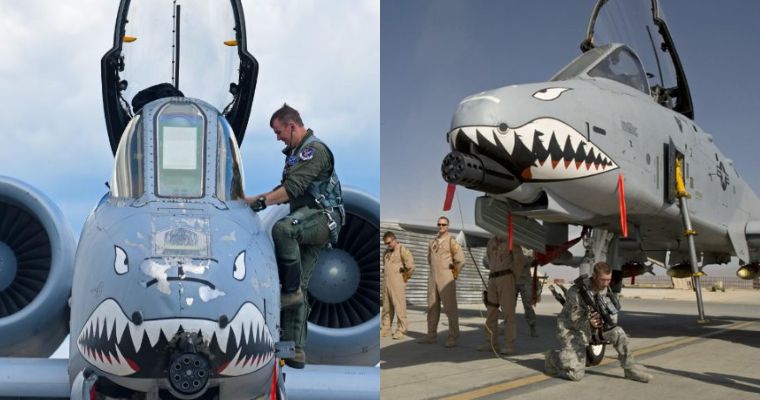
The United States (US) Lockheed Martin F-35 Lightning II stealth fighter jet has the ability to shoot down a Russian Su-35 fighter jet beyond visual range. However, it was recommended that the American advanced aircraft rush away if it was close to the Moscow plane.
This recommendation is indeed in accordance with the objectives of the F-35 design, which is made not for close air combat or dogfight. NATO officer Konstantinos Zikidis confirmed this. Military experts and tactical pilots have been trying to analyze the situation in which the two planes met. Who will have the advantage over the other, with what and how will such a battle end?

According to the analysis, the fact that the F-35 is an attack aircraft is due to its purpose not to engage enemy aircraft but to carry out airstrikes on ground targets using air-to-surface missiles. With that explanation, there are several possibilities that could occur if the F-35 engages with the Su-35 Flanker-E.
Battles Beyond Visual RangeOne of the two fighter aircraft has a better ability to identify its opponent. Just to note, the F-35 is equipped with highly sophisticated sensors that offer exceptional battlefield awareness. In simple terms, this means that the F-35 will spot the Su-35 much earlier and at a greater distance than the Russian fighter is capable of against its American adversary.

In such a situation, the F-35 can fire its air-to-air missiles and can destroy the Su-35 without the Russian pilot knowing who hit it and from where. Why is that? It all boils down to the two radars of the two fighters. According to the analyst, the F-35’s radar is very good at searching, while the Flanker-E is very poor at searching because of its range.
The Irbis-E PESA radar on the Su-35 should be able to identify targets 200 km away. But in the search process, the radar reduced its range to about 95 km—a more than 50% reduction in radar efficiency. This is because the Irbis-E is designed to search for targets with a radar cross-section [RCS] of 3 square meters. However, fighter aircraft in recent years have been designed with a smaller cross-section, around 1 meter squared.

And if so, then the Su-35 can identify the F-35 at only 45 km, because the F-35 has a unique radar cross section—0.01 square meters. Too late for the Su-35 pilot if he survives an air-to-air missile fired long ago from the F-35 pilot. The F-35 was supposed to detect the Su-35 at 150 km, and that was clear enough for the F-35 pilot to launch the missile. But the Su-35 has excellent maneuverability and countermeasures.
There are reports that some Russian Su-35s are even equipped with an early warning receiver against the AIM-120 AMRAAM missile radar. The Su-35 also has a smart jammer for decoy jamming and possibly even decoy towing, allowing the Su-35 to evade enemy launched missiles.
Melee CombatIf the F-35 is designed to fight beyond visual range, then the Su-35 is designed to fight within visual range. Often, although this is Russian practice, the Su-35 fires two missiles within a few seconds. One with active radar, followed by a second with infrared targeting. This could certainly exacerbate the F-35’s situation when the two aircraft are close.

There is one more important fact: the F-35 missed the first air-to-air missile and decided to turn. That makes it an even bigger target for Russian pilots. Why? At the rear, the F-35’s radar cross-section is no longer 0.01 square meters, but many times larger.
This means that the Ibris-T Su-35 has better awareness of what faders are in front of it and can now lock onto them with its radar. The F-35 is designed to attack ground targets, and in the event of an aerial encounter with the Su-35, pilots of the American-made stealth aircraft are recommended to flee to avoid close combat and retain the value of expensive combat equipment.
Colonel Konstantinos Zikidis, NATO officer of the Hellenic Air Force, Greece, said that in real life if an F-35 was on a mission and intercepted the Su-35, it would most likely return and move the fight to another time. “During an assault mission, you don’t appreciate [being] accompanied by a very maneuverable enemy fighter. After all, the F-35 is designed to be an attack aircraft, as its real name [JSF/Joint Strike Fighter] is, not a fighter,” said Colonel Zikidis.
Source: international-military.com








